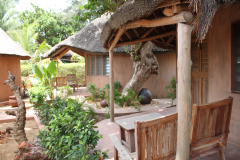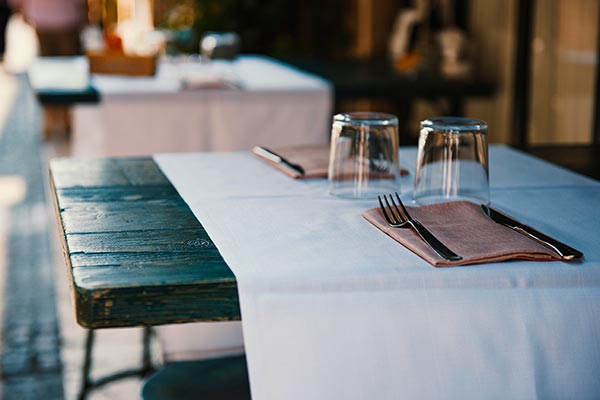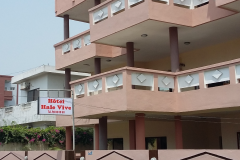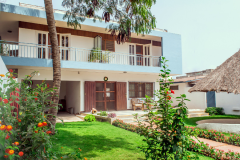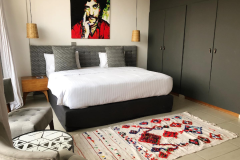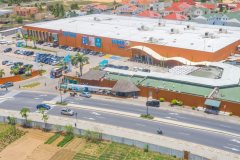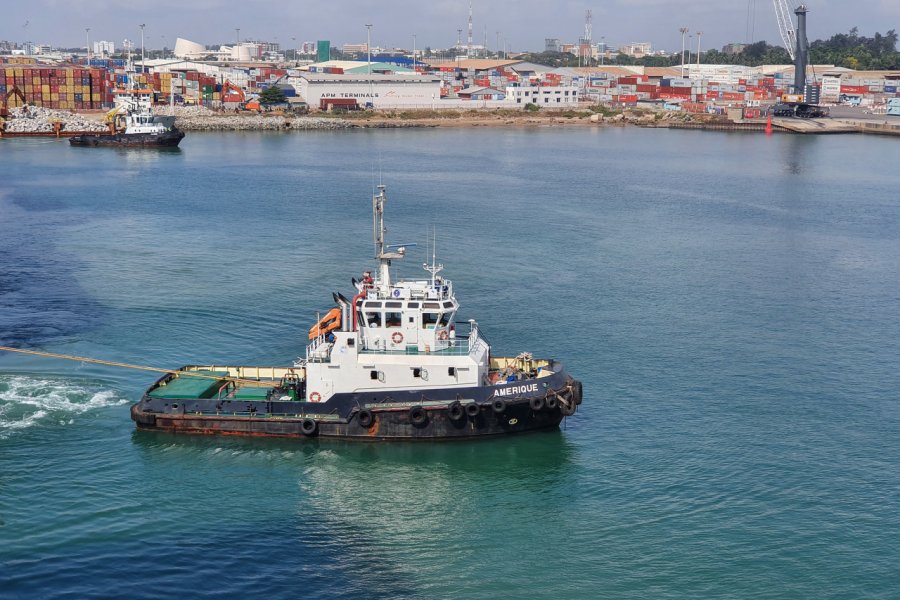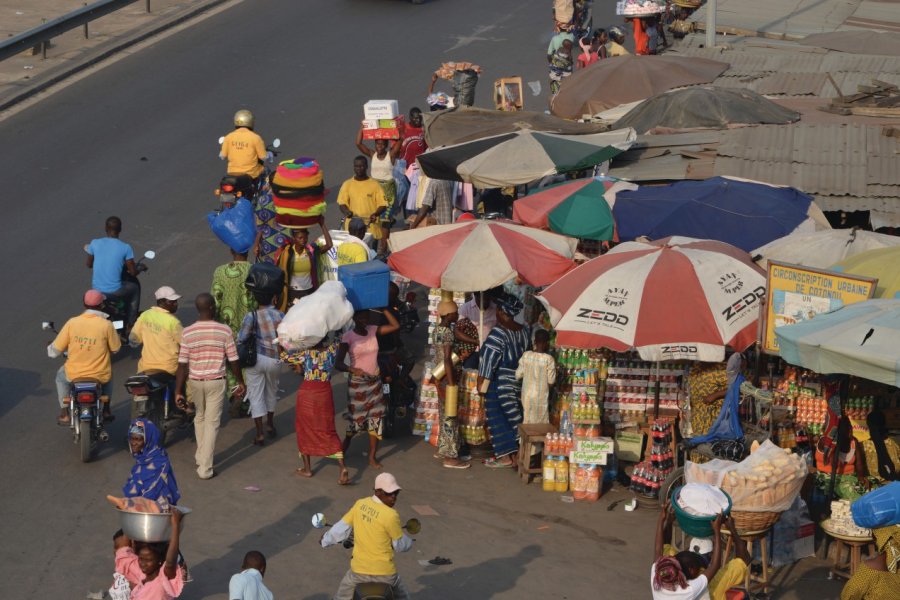Travel Guide Cotonou
Find an accommodation
Advertising
Straddling the Ouémé River, an arm of the Mono River that flows languidly into the Gulf of Guinea, Cotonou proudly displays the assets of a modern metropolis. Or at least trying to become one. Vibrant, dynamic and very polluted, the economic capital of Benin is home to the presidential palace and all the major ministries, as well as the country's only international airport. Red laterite paving stones proliferate along the main boulevards, making the roads safer, if driving in Cotonou is a prudent activity for a neophyte! The swarming of zemidjians, small motorcycles that run on adulterated gasoline and whose drivers think they are kamikazes, has made crossing Cotonou a real sport. There is only one solution: stay fluid and avoid driving after 6:30 p.m., the time when people leave the office, otherwise you will be stuck for hours. Unless you are in a zem, of course.If Porto-Novo remains the official capital (but only hosts the National Assembly), Cotonou is the main attraction of Benin, with its commercial port that gives rhythm to the life of the city with the unloading of ships. But the fact that it is primarily a port city does not make Cotonou a city turned towards the sea. Its natural environment is the lagoon. You have to cross it to reach the other regions of the country. Constantly, the lagoon reminds you of your good memory. The city built from scratch by the French had to cross the channel linking Lake Nokoué to the sea in order to expand. As the lake has an unfortunate tendency to overflow during the rainy season, the water invades the streets. Built on a lagoon, Cotonou is below sea level!Today , Cotonou is officially home to nearly one million inhabitants (unofficially nearly 3 million), and is the country's largest city in terms of population, which is constantly growing, economic activity and political role Cotonou has several districts What could be called the city center forms a sort of large triangle, bounded by the boulevard Saint-Michel and the Dantokpa market, the lagoon, the sea and the port. The other nerve center of the city is the Jonquet district, named after the Frenchman who founded the Société des transports transafricains. Next to the airport is Cadjèhoun. This is the chic part of Cotonou, home to wealthy Beninese and white expatriates, who have swarmed into the Haie Vive neighborhood. Continuing towards the lagoon, one walks along the seafront where one finds the hotels of the big international chains before arriving at the port, an essential part of Cotonou's prosperity.On the other side of the lagoon, to the east, is Akpakpa. It is the residential district par excellence, popular but also residential.Moving away from the center, towards the Amitié stadium, there are a few local addresses, especially for an evening drink. Finally, the beach of Fidjrossè, to the east, is accessible in a few minutes since the tarred road between Cotonou and the Fishing Road appeared.
What to visit Cotonou?
Advertising
Suggested addresses Cotonou
Weather at the moment
Advertising
Organize your trip with our partners Cotonou
Transportation
Book your plane tickets
Car Rental
Boat rental
Accommodation & stays
Find a hotel
Holiday rental
Find your campsite
Tailor-made trip
Immersion travel
Services / On site
Activities & visits
Find a doctor
Cotonou travel inspiration
Find unique Stay Offers with our Partners
Pictures and images Cotonou
Other destinations nearby Cotonou
25 km away
100 km away





